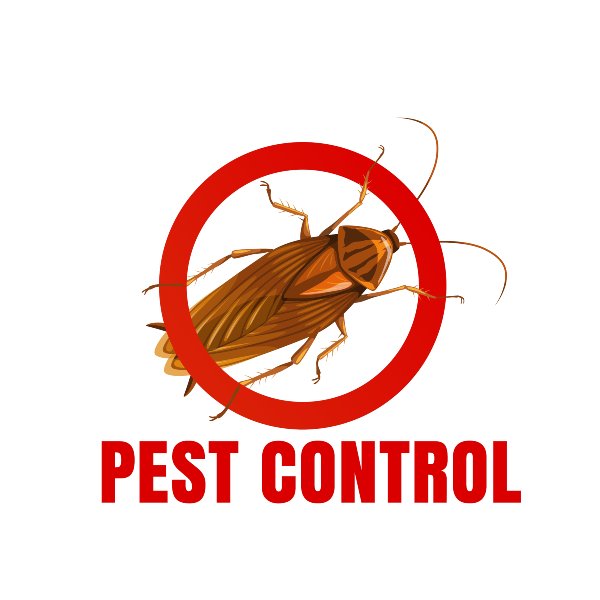Reliable A1 Bed Bug Exterminator Charlotte - Do Away With Bed Bugs Fast
Wiki Article
Bed Pest Therapy Breakdown: Comparing Chemical Vs. Non-Chemical Solutions
In the world of pest control, especially when managing the persistent concern of bed insects, the choice between chemical and non-chemical therapy services can be a critical one. Both approaches offer distinctive advantages and downsides, influencing factors such as performance, security factors to consider, and total cost. By checking out the nuanced details of each approach, a clearer understanding of which course to pursue in resolving a bed bug invasion can be acquired.Effectiveness of Chemical Therapies
Chemical treatments for bed pest problems have actually been widely identified for their potent and rapid effectiveness in eliminating these parasites. When taking into consideration the efficiency of chemical treatments, it is crucial to comprehend that they can provide a fast and comprehensive solution to a bed bug issue. Specialist pest control men usually depend on insecticides to target bed bugs at various phases of their life cycle, including adults, fairies, and eggs. These chemicals normally function by interfering with the bed pests' worried system, causing paralysis and ultimate fatality.Moreover, chemical therapies have the benefit of supplying recurring results, suggesting that they can remain to remove bed bugs even after the first application. This recurring activity is specifically beneficial in combating any potential re-infestations. In addition, the rapid action of chemical therapies can bring alleviation to individuals facing serious bed insect problems, allowing them to regain control of their home quickly.
Security Interest In Chemical Solutions
One critical facet that calls for careful factor to consider when making use of chemical remedies for bed insect therapy is ensuring the security of owners and the atmosphere. Direct exposure to specific chemicals made use of in bed pest therapies can lead to breathing concerns, skin inflammation, or other adverse reactions, specifically in people with pre-existing conditions or sensitivities.In addition, the environmental influence of chemical options is another considerable consideration. Some chemicals made use of in bed bug treatments might be harmful to advantageous insects, wildlife, and ecological communities if they seep into the soil or water supply. It is important to use chemical therapies judiciously, following security guidelines, and thinking about much less poisonous options to reduce these dangers and make certain the secure and reliable management of bed insect invasions.
Advantages of Non-Chemical Strategies
Taking into consideration the possible safety and security worries and ecological effect connected with chemical options for bed bug therapy, exploring non-chemical techniques offers an appealing alternative with several distinct advantages. Non-chemical methods provide a much safer option for homes, specifically those with youngsters, pet dogs, or individuals conscious extreme chemicals. These techniques get rid of the threats of exposure to harmful substances, minimizing the possibility for adverse wellness results. Furthermore, non-chemical treatments are ecologically pleasant, as they do not contribute to air or water air pollution, making them a lasting option for bug control.In addition, non-chemical options can be effective in targeting bed bugs, consisting of hard-to-reach locations where chemical therapies might not penetrate - A1 charlotte bed bug exterminator. Methods such as warmth treatment, vacuuming, heavy steam cleaning, and bed mattress encasements offer extensive elimination without the usage of harmful chemicals.
Limitations of Non-Chemical Treatments

In addition, non-chemical therapies often call for multiple applications to accomplish successful elimination. This can be time-consuming and might not constantly ensure complete removal of all bed insects and their eggs, especially in hard-to-reach or concealed locations.
Furthermore, the success of non-chemical therapies heavily relies upon correct execution and thoroughness, which can be challenging for people without expert knowledge. Inadequate application of non-chemical methods may cause insufficient eradication, leading to relentless problems and the need for additional treatments.
Consequently, while non-chemical therapies have their advantages, it is necessary go to this web-site to acknowledge these limitations and consider them when establishing the most effective method for handling bed pest infestations.
Cost Comparison: Chemical Vs. Non-Chemical Options
Given the restrictions related to non-chemical treatments, an important facet to evaluate in the context of bed bug management is the cost contrast in between chemical and non-chemical alternatives. Chemical therapies usually entail the application of pesticides by professionals, which can range from $250 to $900 per space, depending on the extent of the problem and the dimension of the location to be dealt with. In contrast, non-chemical treatments like heat treatment or heavy steam can be a lot more expensive, with costs ranging from $1,000 to $6,000 for a whole home. While the initial expense of chemical treatments might seem lower, multiple treatments might be called for to completely eradicate the problem, possibly raising the overall price. On the various other hand, non-chemical alternatives may provide a much more environmentally friendly and lasting option, although they can be cost-prohibitive for some people. Ultimately, when thinking about the cost of bed bug treatment alternatives, it is very important to weigh the in advance costs against the effectiveness and long-term sustainability of the picked method.Verdict

Thinking about the prospective security issues and ecological effect linked with chemical services for bed bug therapy, discovering non-chemical methods presents a promising choice with numerous unique advantages.Provided the constraints linked with non-chemical treatments, a crucial aspect to assess in the context of bed pest monitoring is the cost contrast in between chemical and non-chemical options. In contrast, non-chemical treatments like heat treatment or vapor can be much more pricey, with costs varying from $1,000 to $6,000 for an entire home. While the initial price of chemical treatments might seem lower, several therapies may be required to fully eliminate the problem, potentially raising the general cost.In final thought, when contrasting chemical and non-chemical bed bug treatment choices, it is necessary to take into consideration performance, safety, benefits, limitations, and cost.
Report this wiki page